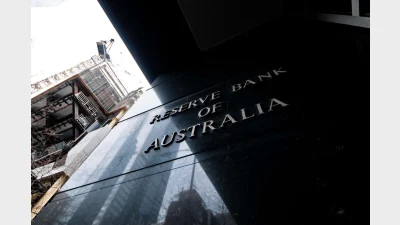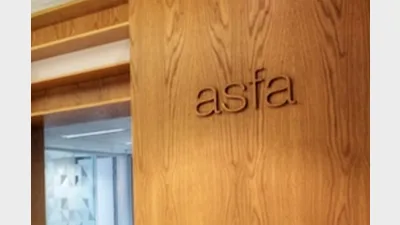Super fund size doesn’t matter for technology success


While superannuation technology may be most often married with the scale that larger industry and retail funds can provide, a burgeoning self-managed super fund sector is proof that size is no prerequisite for success.
In the self-managed super fund (SMSF) arena, the astute application of technology can provide efficiency where scale is not present – and according to IQ Group principal consultant Ron Mullins, such solutions are improving rapidly.
“There’s no doubt that in the SMSF sector there have been a number of players in the market who have invested in the technology to deliver more effective self-managed superannuation solutions,” he said.
“There’s also no doubt that they’ve invested and spent a great deal of focus on exactly how best to distribute self-managed super funds.
“And that’s everyone from AMP and the large players that have spent a significant amount of money, time and effort in developing an SMSF market, right through to the smaller traditional providers who are now using platforms to deliver solutions that are far more sector-specific.
“So that growth that the SMSF has seen, it’s been underpinned by technology and efficient distribution.”
Yet while SMSF-specific technology may undoubtedly be on the rise, Bravura Solutions director of strategy Darren Stevens said that it was coming from what he deemed to be a very low base.
“I’d say that the self-managed super fund sector has been fairly restricted in the technology that it’s had driving it – up until the last 18 months,” he said.
“They’ve been very, very focused on pure compliance, pure admin, get your return in, but that’s now changing to being a race to have online views of your holdings with daily balances, the ability to transact and so on.
“And that’s what’s suddenly come to the fore in the self-managed super fund space.”
For Stevens, SMSF-specific solutions had gone from services that were based largely in compliance and accounting to services that were now akin to a full service wrap.
“And that’s going to continue to evolve,” he said.
“However, one of the problems with the self-managed super fund space is that it’s so disparate and fragmented.
“You don’t have many large-scale administration organisations,” Stevens continued.
“Instead, you have lots of smaller trustee funds with their suburban accountant and, not surprisingly, they tend to opt for different solutions.”
Indeed the SMSF sector’s saving grace, according to Stevens, is that service provider consolidation was set to continue.
“Clearly, the challenge is combining compliance, taxation, administration and direct investment into that one solution – it’s adding that layer of complexity to a business that’s trying at the same time to push efficiency through.”
Recommended for you
Governor Michele Bullock took a more hawkish stance on Tuesday, raising concerns over Donald Trump’s escalating tariffs, which sent economists in different directions with their predictions.
Equity Trustees has announced the appointment of Jocelyn Furlan to the Superannuation Limited (ETSL) and HTFS Nominees Pty Ltd (HTFS) boards, which have oversight of one of the companies’ fastest growing trustee services.
Following growing criticism of the superannuation industry’s influence on capital markets and its increasing exposure to private assets, as well as regulators’ concerns about potential risks to financial stability, ASFA has released new research pushing back on these narratives.
A US-based infrastructure specialist has welcomed the $93 billion fund as a cornerstone investor.













